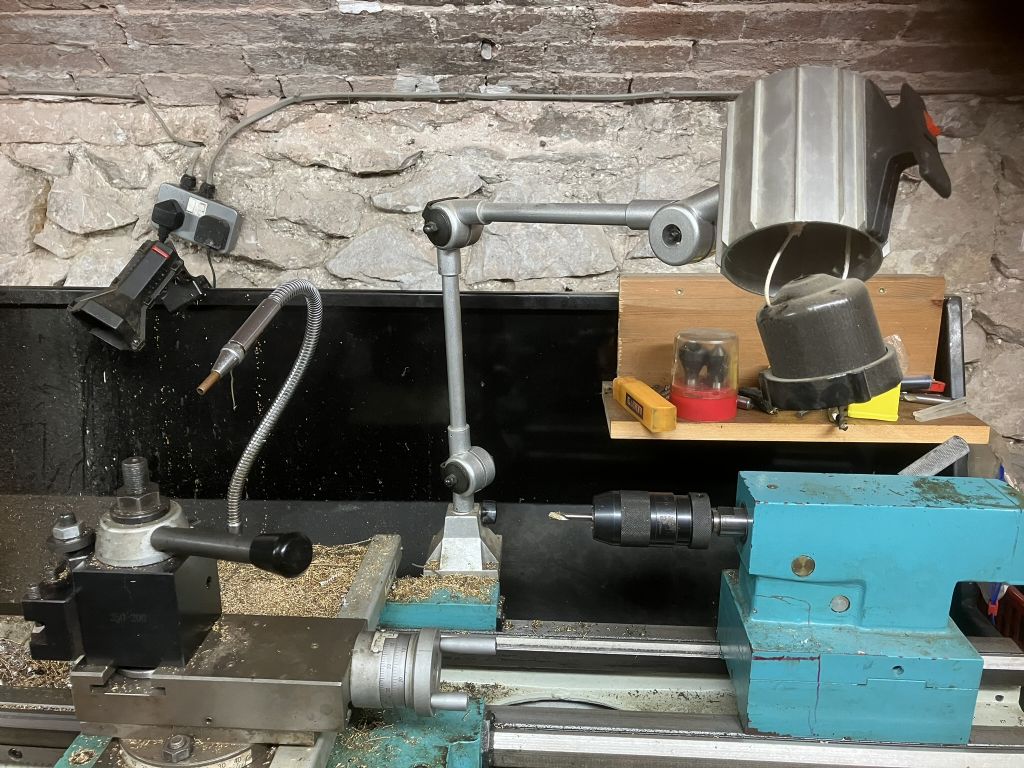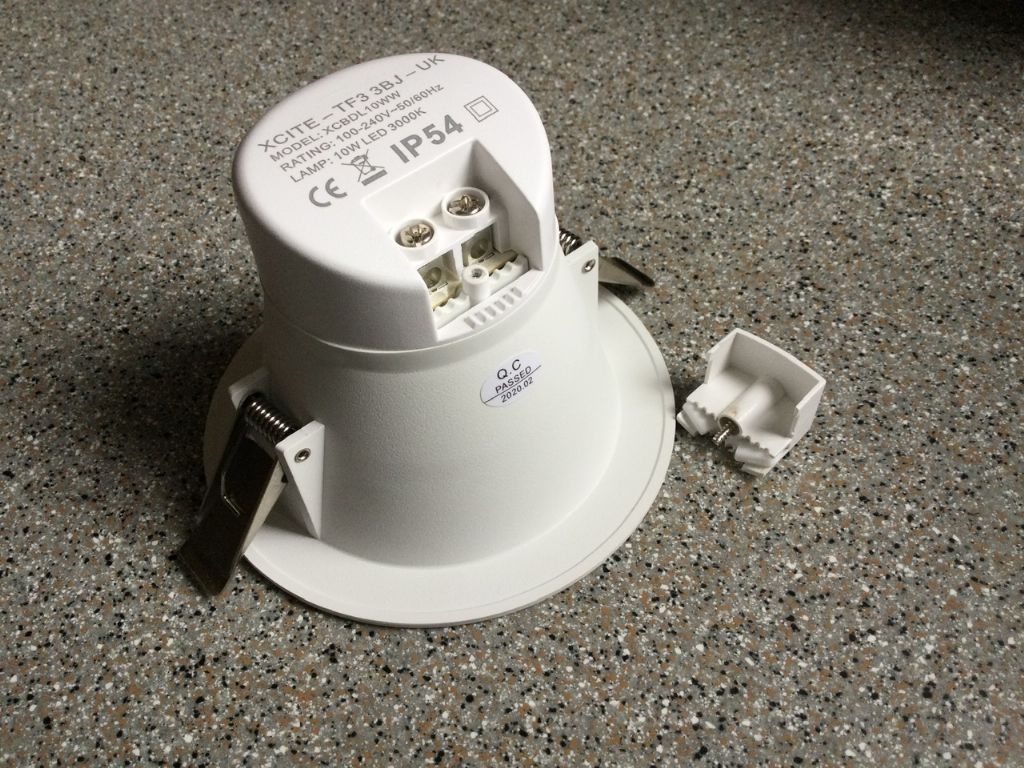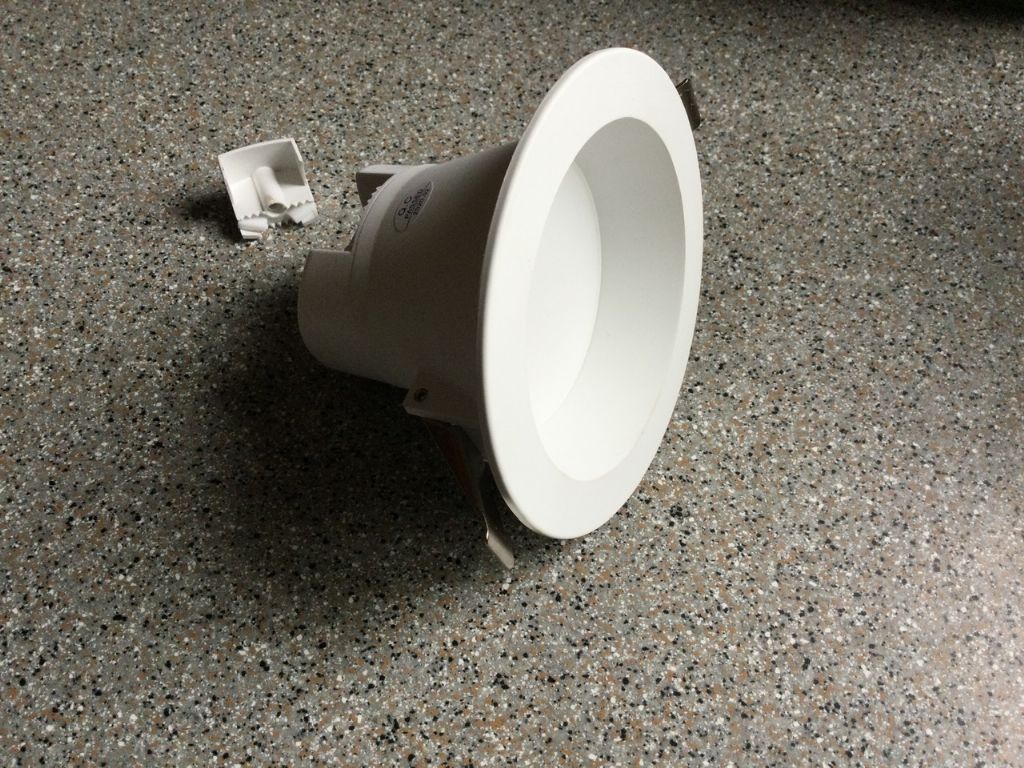Without smoothing, your LED light will switch off every half cycle, so it will flicker, perhaps not noticably, but might cause dangerous strobing effects.
My copy of Horowitz and Hill is packed away, so I had to ask the Internet:
Quote:
"[A good approximation for a 6.5A supply is given by:]
C (filter capacitor) = i (load current in Amps) x t (period of the rectified AC) x 1,000,000 (conversion from farads to uF) / E (ripple voltage)
So; assuming 50 Hz AC:
C = 6.5 x .01 x 1000000 / your ripple voltage."
Unquote
In your case, you will need to know the current drawn, (very little), and the voltage at which your LED light extinguishes, so as to work out an acceptable ripple voltage, in order to calculate a capacitor size.
Or forget 24V and fit one of these into your housing, (And fix the base of the lamp to the wall behind if it is getting in the way mounted on the lathe). These lights are brilliant, very bright, sealed, so no swarf or dust can get into the light itself, and are powered directly from the mains, no PSU block needed. (These might flicker though, mine are used as down-lighters in the bathroom and I have no way of checking):


Edited By John Doe 2 on 19/08/2023 10:22:30
Robin Graham.







